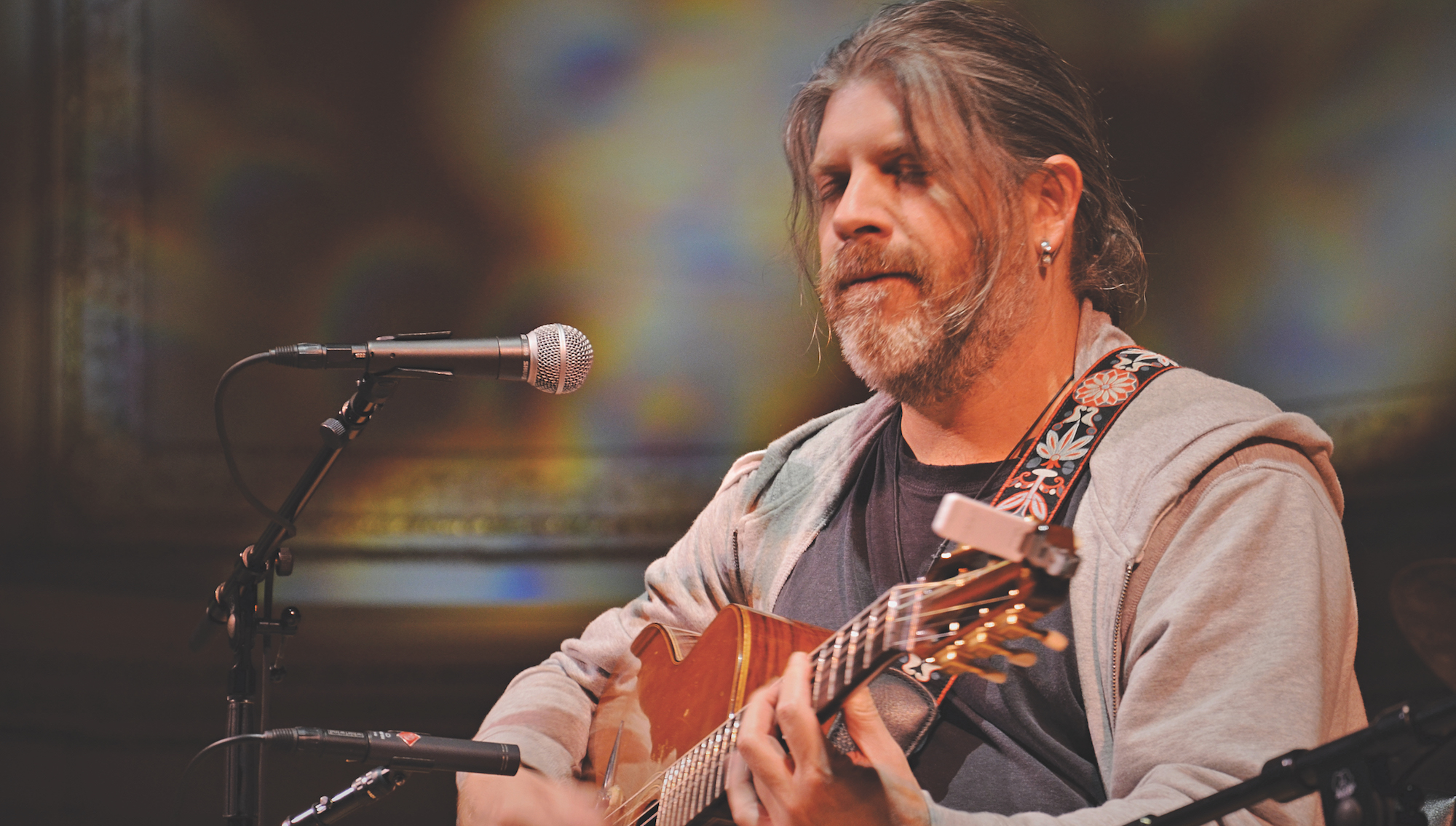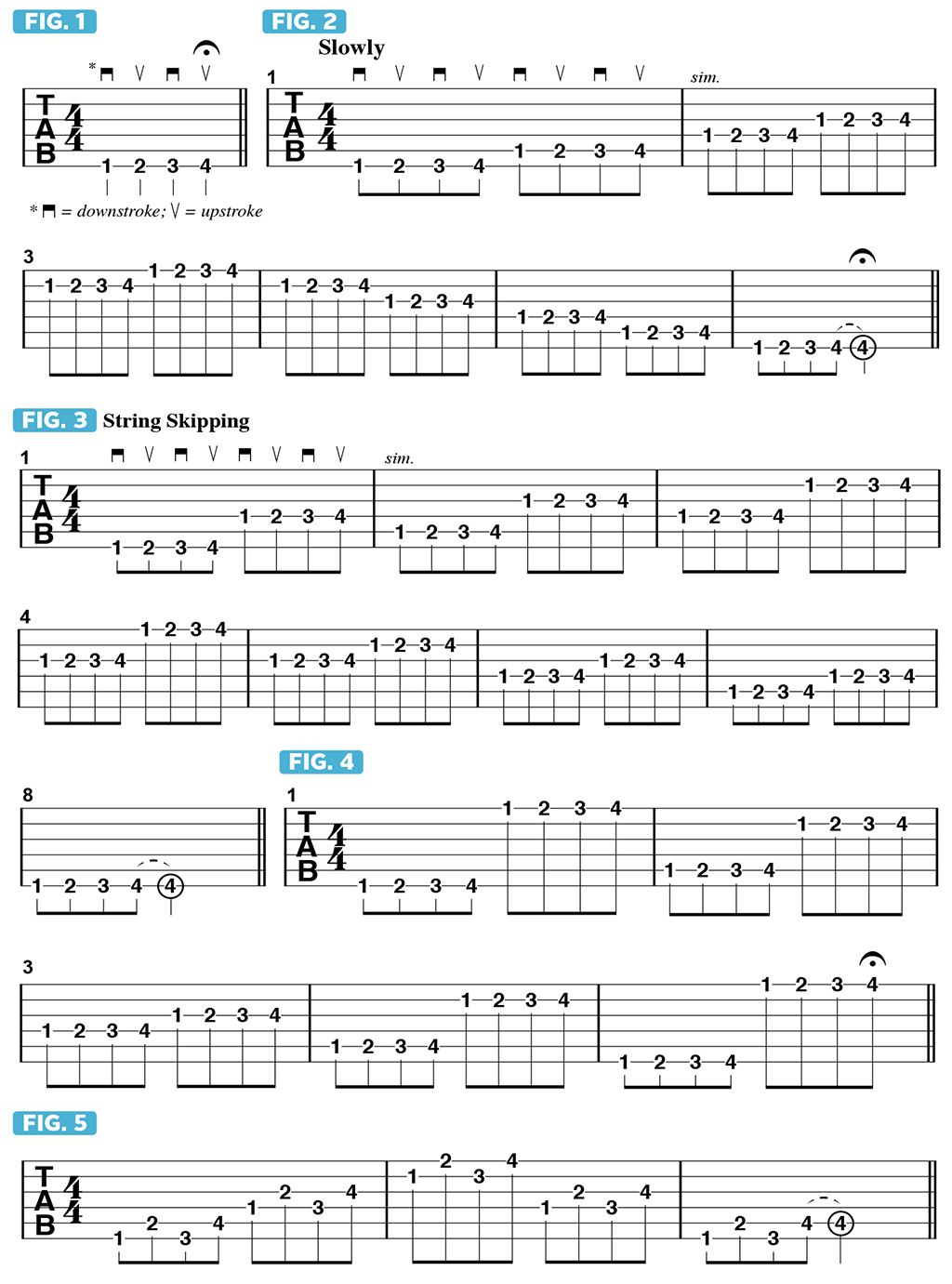Play better than ever with these 5 essential guitar warm-up exercises
Gypsy jazz guitar master Stéphane Wrembel offers some terrific exercises that will help you develop fret-hand strength

Hello everyone, and welcome to my new column for Guitar World. Over the course of this series of lessons it is my intention to address the many different and fascinating aspects of playing in the style of gypsy jazz guitar and to demonstrate the approaches I use for both practice and performance.
I’d like to begin by sharing a series of warm-up exercises, ones that function as position exercises in regard to proper placement of the fret-hand fingers. These exercises also address the cyclical aspects of rhythm in a manner along the lines of the way musicians from India approach rhythm.
All of the examples in this lesson are exercises I use to warm up every day, whether I’m at home or on tour. These exercises are great to avoid getting injured while out on tour, when there is often limited time to get ready to play before a show. They address the most important aspects of good technique: keeping the fret-hand in proper position and developing the strength of the hand. Like all exercises, however, I suggest you do not do these too much, as you could risk developing tendonitis.
All of these examples should be played slowly while paying attention to producing as pure a note as possible. This is attained via placing the fret-hand finger at the end of the fret, with no space behind the fret wire.
FIGURE 1 begins with four consecutive notes played on the low E string, moving chromatically from F at the first fret to F#, G and G#. The notes are fretted with the index finger, middle finger, ring finger and pinkie, respectively, and sounded with an alternate (down-up) picking technique.
When we begin on the lowest part of the fretboard, we have to address the widest stretch on the instrument; as one moves up the neck, the frets become closer together and the spacing narrows, making it easier to play. Be sure to leave each finger on the fretboard when moving to the next consecutive finger.
In FIGURE 2, the exercise is expounded upon by sequentially moving to each adjacent higher string. When placing the index finger on the 1st fret of the 5th string, be sure to keep the pinkie fretted on the previous note, G#, 6th string/4th fret. Strive to keep the G# note ringing until you need to lift the pinkie to fret C#, on the 5th string’s 4th fret. Then continue in the same manner across all the strings, ascending then descending.

The first twist here is to incorporate string skipping. As shown in FIGURE 3, after sounding the first four notes on the 6th string, I jump to the 4th string to play the next series of four notes. Once again, strive to keep each finger fretted on the lower string until the last possible moment. The string sequence here is 6-4-5-3-4-2-3-1; moving backwards, it’s 3-2-4-3-5-4-6.
Now let’s take string-skipping to its extreme, by jumping from the 6th string to the 1st, as shown in FIGURE 4. We then move 5-2-4-3-5-2-6-1. And finally, in FIGURE 5, we only play one note on a given string before moving to the next adjacent string.
Remember to play these exercises as slowly as possible, with absolute attention to a clear tone and precise articulation. It will take a lot of concentration, but the work will prove immeasurably valuable.
Stéphane Wrembel is a world-renowned US-based French guitarist whose work has appeared in several soundtracks, including Woody Allen's Midnight in Paris. He hosts the annual Django A Gogo festival and releases a new Django Experiment album every January. Django Experiment IV is out now.
Get The Pick Newsletter
All the latest guitar news, interviews, lessons, reviews, deals and more, direct to your inbox!
“There are so many sounds to be discovered when you get away from using a pick”: Jared James Nichols shows you how to add “snap, crackle and pop” to your playing with banjo rolls and string snaps
Don't let chord inversions bamboozle you. It's simply the case of shuffling the notes around







![Joe Bonamassa [left] wears a deep blue suit and polka-dotted shirt and plays his green refin Strat; the late Irish blues legend Rory Gallagher [right] screams and inflicts some punishment on his heavily worn number one Stratocaster.](https://cdn.mos.cms.futurecdn.net/cw28h7UBcTVfTLs7p7eiLe.jpg)


![A black-and-white action shot of Sergeant Thunderhoof perform live: [from left] Mark Sayer, Dan Flitcroft, Jim Camp and Josh Gallop](https://cdn.mos.cms.futurecdn.net/am3UhJbsxAE239XRRZ8zC8.jpg)